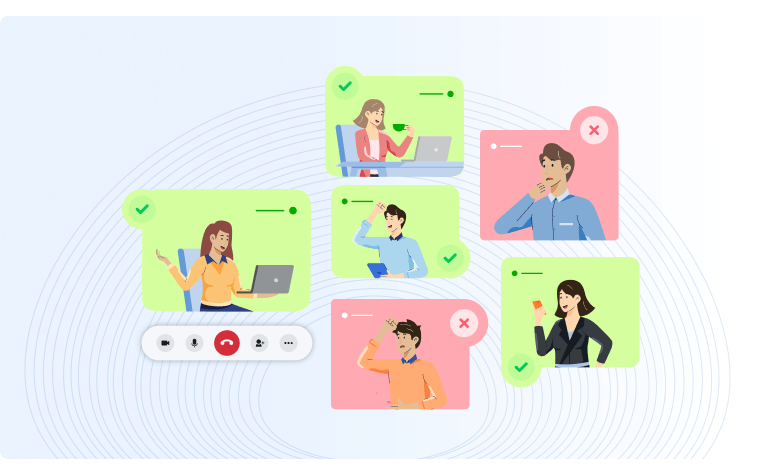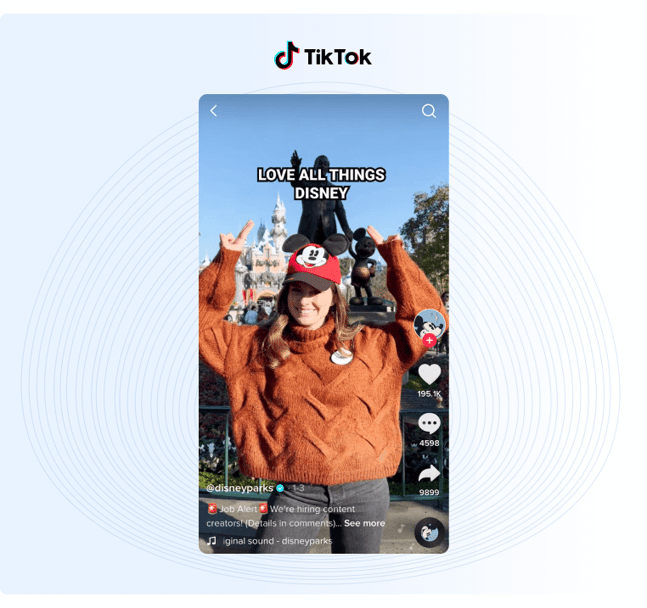How To Use Video To Increase Internal Engagement
Effective employee communication and collaboration in the age of hybrid and remote working is arguably one of the biggest challenges facing businesses today. Could video be the answer? Spoiler alert: yes, absolutely.
Video has grown hugely as a key means for people to satisfy their information and entertainment needs. The exponential rise of TikTok as a content marketing tool is just one example to show how online video has the potential to achieve maximum customer reach and engagement.
Unily, the employee experience platform points out, “the rise of video isn’t limited to consumer content; it also holds real potential for internal comms.”
The use of video is linked to some impressive stats like:
- Video receives 59% more engagement compared to other types of social posts
- Those who consume video have an information retention rate of 95%
- 59% of executives note that they would prefer to watch a video versus reading text
It’s no surprise — video is a valuable tool for internal communications teams.
What Do We Mean by Video Engagement?
The pandemic has shown us that it is totally possible for many businesses to operate remotely, with employees spread out across different locations and time zones. Successful tech solutions promote employee engagement and help to maintain a human connection and foster effective working relationships.
Live video communication through videotelephony platforms, such as Zoom, Microsoft Teams, and other collaborative workspace technologies are enabling face-to-face conversations to take place across the business.
MIT neuroscientists tell us that the brain processes visual stimuli much more quickly than written text – in fact, it takes as little as 13 milliseconds to identify an image, making video a medium with near-immediate impact.
 Another advantage over the written and spoken word is that video provides a line of sight on the body language, which is known to make up 55% of all communication. This includes facial expressions, hand gestures, eye contact, body posture, and other non-verbal cues that all add vital meaning and intention to what is said, creating greater understanding and trust between people.
Another advantage over the written and spoken word is that video provides a line of sight on the body language, which is known to make up 55% of all communication. This includes facial expressions, hand gestures, eye contact, body posture, and other non-verbal cues that all add vital meaning and intention to what is said, creating greater understanding and trust between people.
With user attention spans dwindling, particularly among younger people entering the workforce, the desire for video content is sure to increase still further. Making effective use of this opportunity can help create stronger working relationships and engage employees, supporting and inspiring them within the team regardless of physical location.
Practical Applications For Video in The Workplace
Employing video for internal communications has limitless applications in the workplace. Video is the ideal way to enable the continuous flow of company information, news, ideas, and opinions that every successful organization needs. This can be filmed in a number of ways:
- Using existing online tools and video-sharing sites
- Investing in used videography equipment
- Working with a professional video production company
- “Going live” or self-filming on a mobile device
Videos no longer need to be professionally curated and perfect but rather informative and engaging. Here are a few ways companies are using video to boost internal engagement:
1. Video Conferencing and Meetings
Video engagement through online meetings is nothing new – many businesses have already experienced its transformative impact, largely as a result of increased remote working. Looking ahead, it remains a key player in the employee engagement mix. It's easy and cost-effective, allowing teams to facilitate cross-functional, interdepartmental, and even global meetings and decision-making. Videoconferencing can bring together employees from different backgrounds and disciplines, with different experiences and expertise, encouraging innovation and problem-solving.
2. Recruitment and Onboarding
Short videos can be used in recruitment campaigns to provide background information about your company, its culture, and opportunities. It serves as a case study of experiences conveyed by current team members. Onboarding processes might usefully contain employee engagement videos such as a personal welcome from the CEO, essential training sessions, or practical everyday help for new recruits to find their way around the company.
3. Company News and Updates
Rather than old-school written memos, dull newsletters, or conventional PowerPoint presentations, video is a vastly more engaging communications tool. Convey potentially dry data that not only informs but inspires the team and shares a sense of common purpose.
Use video to acknowledge hard work and celebrate individual and team achievements. Video is also perfect for updating everyone on the progress of key initiatives or projects and taking the opportunity to reinforce the value that your organization places on its people and their contribution.
4. Leadership Communication
One of the best ways to motivate your team to perform to the peak of their abilities is to lead from the front. This requires an active presence from the C-suite, and video is the ideal medium to establish a direct link between corporate leadership and the workforce. Being able to hear it ‘straight from the horse’s mouth’ not only gives the business a human face but also:
- Makes it easier for employees to understand
- Conveys empathy to actively support the company’s goals
- Creates a personal connection throughout the company
The value in terms of employee engagement from video engagements can be immeasurable.
How To Measure Video Engagement?
Speaking of measuring, you’ll want to accurately establish a level of success to benchmark your internal video communications strategy. It’s important to have measurable metrics in place to help you track progress, fine-tune your messaging, and verify that the desired levels of employee engagement are indeed being achieved.
Key metrics to track might include:
- Total reach
- Average watch time
- Audience demographics
- Total engagement like comments, likes, and shares.
The presence of tangible indicators shows the image of behaviors among your audience and helps you tailor and reposition your message to help the business to better reach its specified goals.














